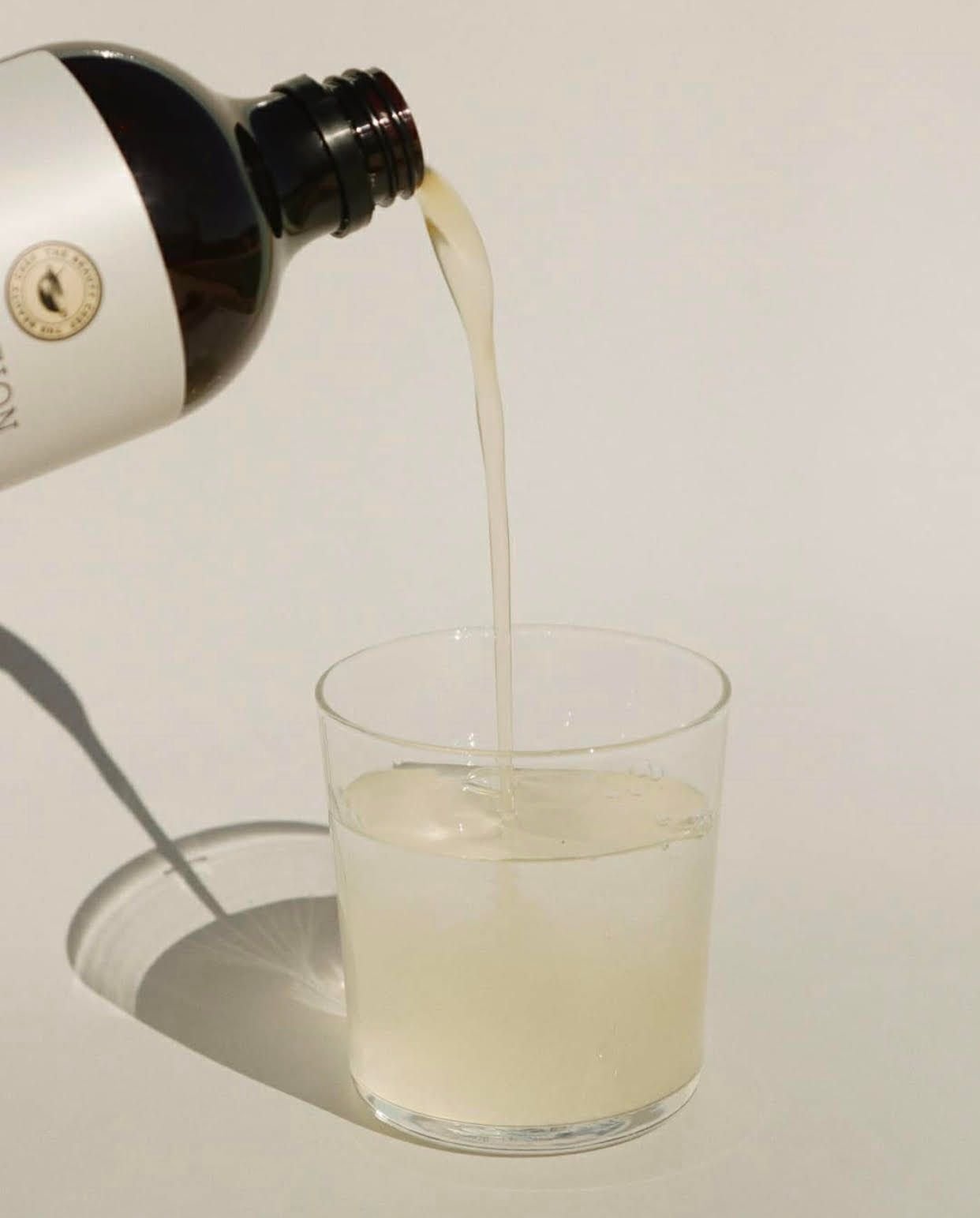Let’s Talk Post-Pill Acne
Vitamin D is essential for our health and sunshine is the ultimate mood booster. But our harsh Australian sun is also the number one contributor to skin damage. It's the damage that occurs beneath your skin that is proven to age you, via fine lines, sagging skin and discolouration. If only there was one magical product that could protect your skin from UVA and UVB rays. Some kind of... screen, between your face and the oppressive sun?
Anti-ageing serums and treatments are useless without daily sun protection, but selecting the right sunscreen can be confusing. Read on for the rundown on what the differences are and which one is right for you.
To put it simply, chemical sunscreens contain organic filters which absorb UV rays before they can penetrate the skin. Known for being lightweight, sheer and offering zero white cast. Whereas physical sunscreens both absorb and reflect damaging UV rays to protect the skin, making them ideal for those with sensitive or acne-prone skin.
You might not see the effects that sun damage has on your skin straight away but you will. The time for SPF is not tomorrow, or next week. It's yesterday.
The hot weather can dry out skin and deplete its levels of essential fatty acids, leaving skin looking and feeling dry, flaky and rough. Healthy hydration levels moisturise the skin from within to maintain its texture and appearance, protect your skin barrier function and aid digestion. Say hello to Hydration Inner Beauty Boost. A bio-fermented probiotic elixir to replenish thirsty, lacklustre skin from within and nourish your gut. With magnesium for electrolyte balance, as well as cucumber water, finger lime and trace minerals.
Our Glo go-to treatment for sun damage is none other than our PRP Facial. Stimulating the production of new collagen and elastin, this treatment is recommended to treat ageing and pigmentation concerns, while ensuring the skin is left glowing.




